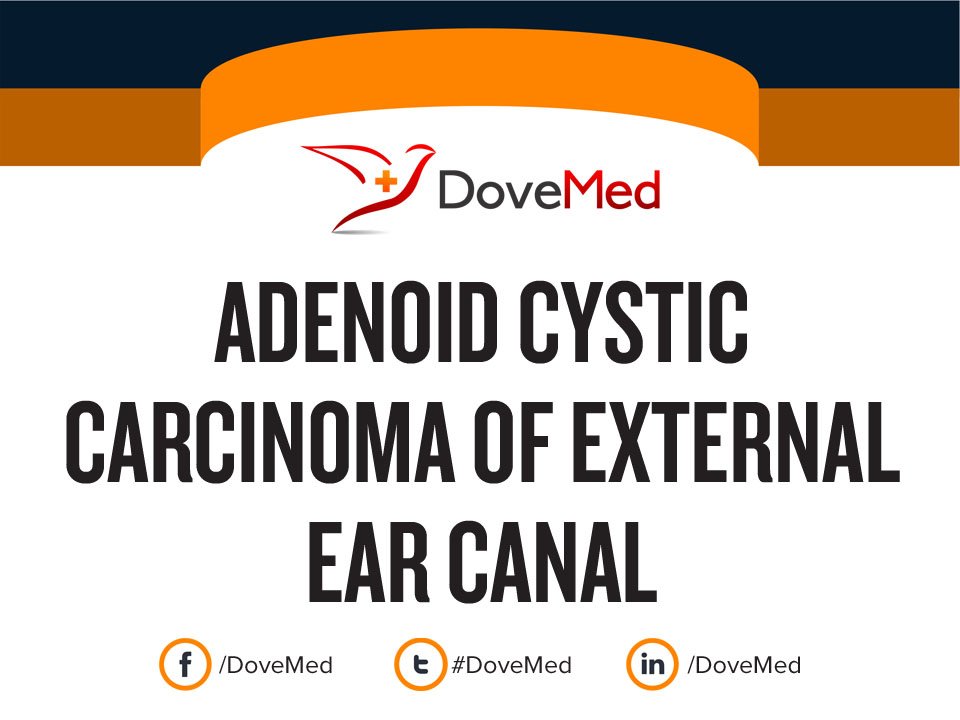
Enlarged adenoids trap infected fluids irritating the lining of eustachian tubes.Īfter an ear infection is finally gone, decreased hearing difficulties continue. When sick, research participants experienced a greater degree of hearing loss for prolonged periods of time. Poor eustachian tube health is compounded when an individual with enlarged adenoids becomes sick. In a different study, researchers found that chronic ear infections contribute to auditory processing difficulties, under-development in the brain. Diminish hearing negatively affects attention, listening, learning, and emotional health.Įven more concerning, researchers found that research participants with enlarged adenoids were eight times more likely to experience four or more ear infections. Researchers found diminished hearing in research participants. Hidden Concerns of Enlarged Adenoids While AwakeĮnlarged adenoids create difficulties while the person is awake. Most importantly, go with your loved one to doctor appointments and share your observations. If you observe any of the following behaviors, take notes. Today, insurance companies require proof of the need to remove adenoids. When adenoids are enlarged, a sleep study test is ordered by an ear, nose and throat doctor. According to the Mayo Clinic, snoring is associated with numerous conditions. When there are no enlarged adnoids, a pulmonary sleep specialist orders a sleep study test. Lack of oxygen to the brain creates many of the behavioral characteristics shared below. Likewise, when a person briefly stops snoring, the person is most likely holding their breath. While sleeping, I now understand the brain is taking a break. Years ago, when my husband breathing pattern changed while sleeping, I felt thankful he did not snore.

Have you ever observed your loved one’s patterns of breathing while asleep. When a child or teen snores, there are additional hidden concerns. Adenoidectomy seemed to be effective in improving ETD as well as middle ear ventilation.Įustachian Tube Score adenoid hypertrophy adenoidectomy eustachian tube dysfunction otitis media with effusion tubomanometry.Full Impact of Snoring with Enlarged Adenoids In the patients observed in the present study, the ETS-7 score appeared to be a valid tool for assessing ETD both preoperatively and postoperatively.

0015).Īdenoid hypertrophy has a high impact on the frequency of ETD. The mean postoperative ETS-7 score showed a value of 9.60 with a statistical difference compared to the preoperative value ( P =. The preoperative mean value for ETS-7 was 6.62. The patients were followed up for 6 months.įorty children presented ETD. The function of the eustachian tube was evaluated using ETS-7 before and after surgical treatment. The aim of this study was 2-fold: first, to evaluate ETD using tubomanometry and Eustachian Tube Score 7 (ETS-7), in a group of children having AH second, to assess the clinical impact of adenoidectomy on the ETD of these patients.įifty patients, aged 4 to 15 years, underwent adenoidectomy based on various parameters: size of the adenoids causing canal obstruction (grades 1-4), the presence of OME, and recurrent episodes of rhinosinusitis. To our knowledge, few papers have addressed preoperative evaluation of the impact of adenoid hypertrophy (AH) on the pathogenesis of eustachian tube dysfunction (ETD) in children with otitis media with effusion (OME).


 0 kommentar(er)
0 kommentar(er)
